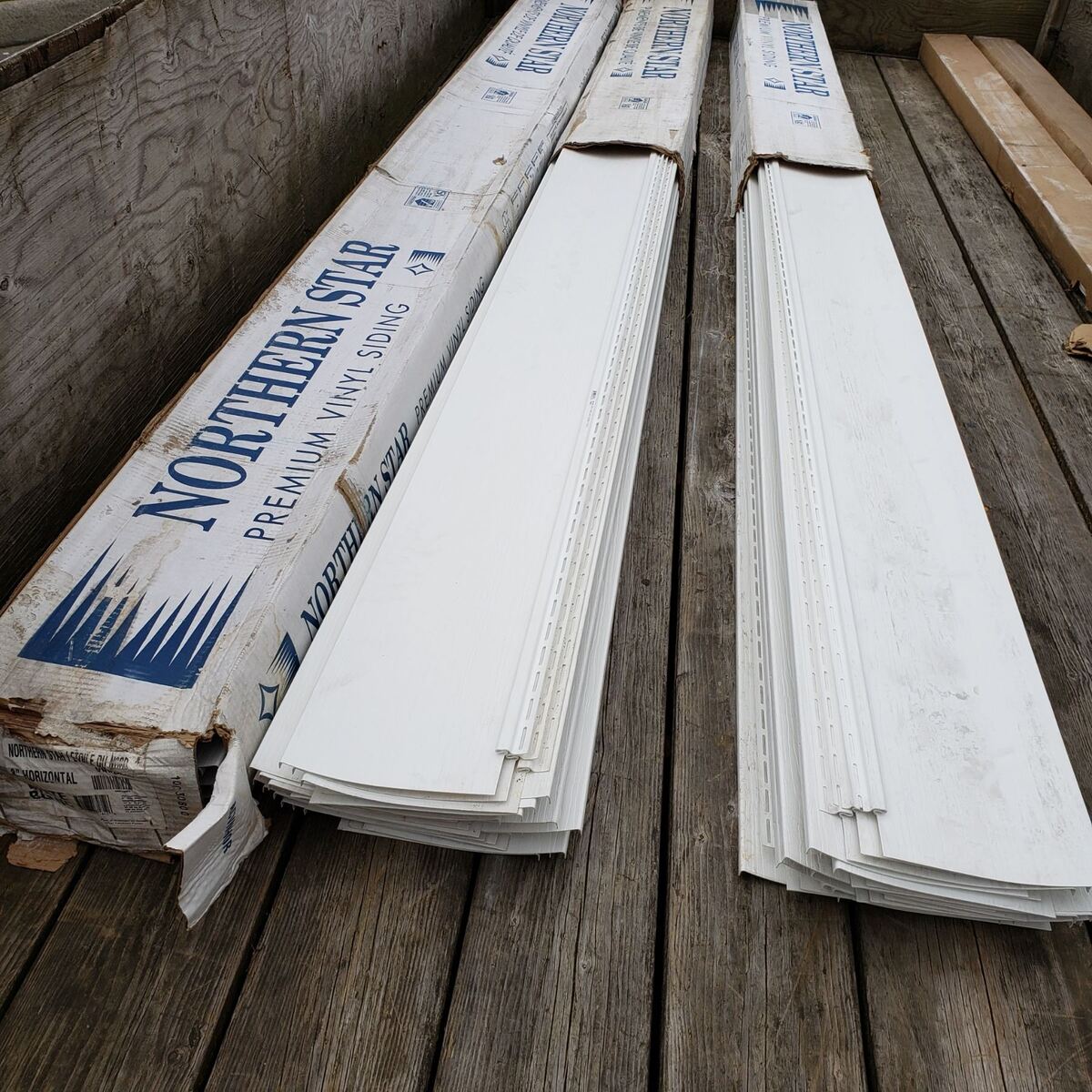

Articles
How Many Square Is In A Box Of Siding
Modified: August 31, 2024
Discover how many square feet are in a box of siding with our informative articles. Learn about the dimensions and calculations for estimating siding needs.
(Many of the links in this article redirect to a specific reviewed product. Your purchase of these products through affiliate links helps to generate commission for Storables.com, at no extra cost. Learn more)
Introduction
Siding is an essential component of a building’s exterior. It not only enhances the aesthetic appeal of a structure but also serves as a protective barrier against the elements. If you’re planning to install siding, one of the primary considerations is determining the number of square feet you’ll need. This information is crucial for purchasing the right quantity of siding materials and estimating the overall cost of the project.
In this article, we will delve into the world of siding and explore how to calculate the square footage required. We’ll also discuss the different types of siding available and provide insights into how many square feet you can expect to find in a box of siding.
So, whether you’re a homeowner undertaking a DIY project or a contractor seeking to provide accurate estimates to clients, read on to gain a better understanding of square footage calculations for siding.
Key Takeaways:
- Calculating the square footage for siding involves measuring each wall, multiplying the width by the height, and summing up the areas. Accurate measurements are crucial for purchasing the right quantity of siding materials.
- The square footage in a box of siding varies by type, brand, and manufacturer. Always refer to the product packaging or consult with the supplier to determine the exact square footage per box.
Read more: How Many Sq Ft In A Square Of Siding
Understanding Siding
Siding refers to the exterior cladding or covering of a building. It plays a vital role in protecting the structure from weather elements such as rain, wind, and sunlight. Additionally, siding can enhance the visual appeal of a building and contribute to its overall aesthetics.
There are various materials used for siding, including vinyl, wood, fiber cement, metal, and composite materials. Each material has its own unique characteristics, advantages, and disadvantages. For example, vinyl siding is known for its affordability and low maintenance requirements, while wood siding offers a natural and timeless look.
When selecting siding for your project, it’s important to consider factors such as durability, climate suitability, maintenance needs, and cost. Consulting with a professional or researching different siding options can help you make an informed decision based on your specific requirements and preferences.
Siding is typically sold in boxes or bundles, with each box containing a specific amount of material. The contents of a box can vary depending on the type of siding and the manufacturer. To accurately estimate the number of boxes you’ll need, it’s crucial to calculate the square footage required for your project.
Now that we have a basic understanding of siding and its importance, let’s move on to exploring the calculation of square footage for siding installation.
Calculation of Square Footage
Calculating the square footage required for your siding project involves measuring the surface area of the walls you plan to cover. While the exact method may vary slightly depending on the shape of the walls and other factors, the general process is as follows:
- Measure the width and height of each wall: Use a measuring tape to determine the length of each wall you plan to side. Measure from one corner to another, both horizontally (width) and vertically (height).
- Calculate the area for each wall: Multiply the width by the height for each wall. This will give you the square footage of each individual wall.
- Add up the areas of all walls: Sum up the square footage of each wall to get the total square footage required for your project.
Keep in mind that it’s essential to measure each wall separately, even if they have the same dimensions. In some cases, walls may have openings such as doors and windows, which should be excluded from the measurement.
For example, let’s say you have four walls with the following dimensions:
- Wall 1: 10 feet (width) x 8 feet (height) = 80 square feet
- Wall 2: 12 feet (width) x 8 feet (height) = 96 square feet
- Wall 3: 10 feet (width) x 8 feet (height) = 80 square feet
- Wall 4: 12 feet (width) x 8 feet (height) = 96 square feet
The total square footage required for this example project would be 352 square feet (80 + 96 + 80 + 96).
It’s important to note that this calculation only accounts for the walls that require siding. You may need to make adjustments if your project involves other areas, such as gables or dormers.
Now that we have covered the calculation of square footage, let’s explore the different types of siding available in the market.
When calculating the number of square feet in a box of siding, multiply the length and width of each piece to get the square footage, then add them all together. Keep in mind that some siding may have different dimensions, so always check the product specifications.
Types of Siding
When it comes to siding, there is a wide range of options available, each with its own unique properties and characteristics. Let’s take a closer look at some of the most popular types of siding:
- Vinyl Siding: Vinyl siding is a popular choice due to its affordability, low maintenance requirements, and wide variety of color and texture options. It is resistant to rot, insects, and fading, making it a durable and long-lasting choice for many homeowners.
- Wood Siding: Wood siding offers a natural and timeless look, adding warmth and character to a building. It is available in various styles, such as clapboard, shingles, and shakes. Wood siding requires regular maintenance to protect it from rot, pests, and weather damage.
- Fiber Cement Siding: Fiber cement siding is a combination of cement, sand, and cellulose fibers. It offers excellent durability, fire resistance, and resistance to rot and pests. Fiber cement siding can mimic the appearance of natural wood or stucco and is available in a range of colors and textures.
- Metal Siding: Metal siding, typically made of aluminum or steel, is known for its durability and low-maintenance properties. It is resistant to rot, insects, and fire. Metal siding can be found in various styles, including vertical panels, horizontal planks, and shingles.
- Composite Siding: Composite siding is a blend of different materials, such as wood fibers and resin. It offers the look of natural wood with enhanced durability and resistance to moisture, insects, and rot. Composite siding comes in a variety of styles and can withstand harsh weather conditions.
Each type of siding has its own benefits and considerations, so it’s important to carefully evaluate your needs, budget, and preferences before making a decision. Consulting with a siding professional or researching the pros and cons of each type can help you choose the most suitable option for your project.
Now that we have explored various types of siding, let’s dive into the topic of how many square feet you can expect to find in a box of siding.
How Many Square Feet in a Box of Siding
When purchasing siding materials, it’s essential to understand how the product is packaged and how much square footage you can expect per box. The square footage in a box of siding can vary depending on the type of siding, brand, and manufacturer. Therefore, it’s crucial to refer to the specific product’s packaging or consult with the supplier to determine the exact square footage contained in each box.
In most cases, the square footage per box of siding is clearly indicated on the packaging to assist with accurate calculations. The square footage can range from 100 square feet to 400 square feet per box, depending on the siding material and dimensions.
For example, let’s say you are considering purchasing vinyl siding for your project. One brand might offer a box of vinyl siding that covers 200 square feet, while another brand might offer a box that covers 300 square feet. It’s important to ensure you have the correct square footage information so that you can accurately estimate the number of boxes needed for your project.
Here are a few guidelines to keep in mind when determining the square footage in a box of siding:
- Refer to the product packaging: The square footage per box is often specified on the packaging or product label. Always consult this information before making any calculations or purchasing decisions.
- Consider the siding dimensions: The square footage per box can also depend on the dimensions of the siding panels. For instance, wider panels may cover more square footage per box compared to narrower panels.
- Account for waste and overlapping: When calculating the number of boxes needed, it’s important to account for waste and overlapping. Siding installation requires some degree of overlap, and extra material is often needed to accommodate cuts and irregularities.
By carefully considering these factors and accurately determining the square footage per box of siding, you can effectively plan your project, purchase the right quantity of materials, and avoid any unnecessary delays or additional costs.
Now that you have a better understanding of how to calculate the square footage in a box of siding, you can confidently proceed with your siding project.
Read more: How Many Nails Per Square Of Vinyl Siding
Conclusion
Installing siding is an important aspect of any building project, providing both functional and aesthetic benefits. Whether you’re a homeowner looking to enhance the visual appeal of your property or a contractor seeking to provide accurate estimates to your clients, understanding the square footage required for siding is crucial.
In this article, we have covered the key aspects of siding, including the different types of siding available in the market. We explored popular options such as vinyl siding, wood siding, fiber cement siding, metal siding, and composite siding, highlighting their unique features and considerations.
To accurately calculate the square footage required for your siding project, we discussed the step-by-step process of measuring the dimensions of each wall and summing up the areas. By carefully following this calculation method, you can determine the total square footage needed for your project.
Finally, we discussed how the number of square feet in a box of siding can vary depending on the type of siding, brand, and manufacturer. It is important to refer to the product packaging or consult with the supplier to determine the precise square footage contained in each box. Taking into account waste and overlapping is also essential when estimating the number of boxes needed for your project.
Armed with this knowledge, you can now confidently move forward with your siding installation, ensuring that you purchase the right quantity of materials and stay within your budget. Consider consulting with a siding professional if you have specific questions or seek expert guidance.
Remember, accurate square footage calculations and informed decision-making will help you achieve a successful siding project, resulting in a beautiful and durable exterior for your building.
Frequently Asked Questions about How Many Square Is In A Box Of Siding
Was this page helpful?
At Storables.com, we guarantee accurate and reliable information. Our content, validated by Expert Board Contributors, is crafted following stringent Editorial Policies. We're committed to providing you with well-researched, expert-backed insights for all your informational needs.
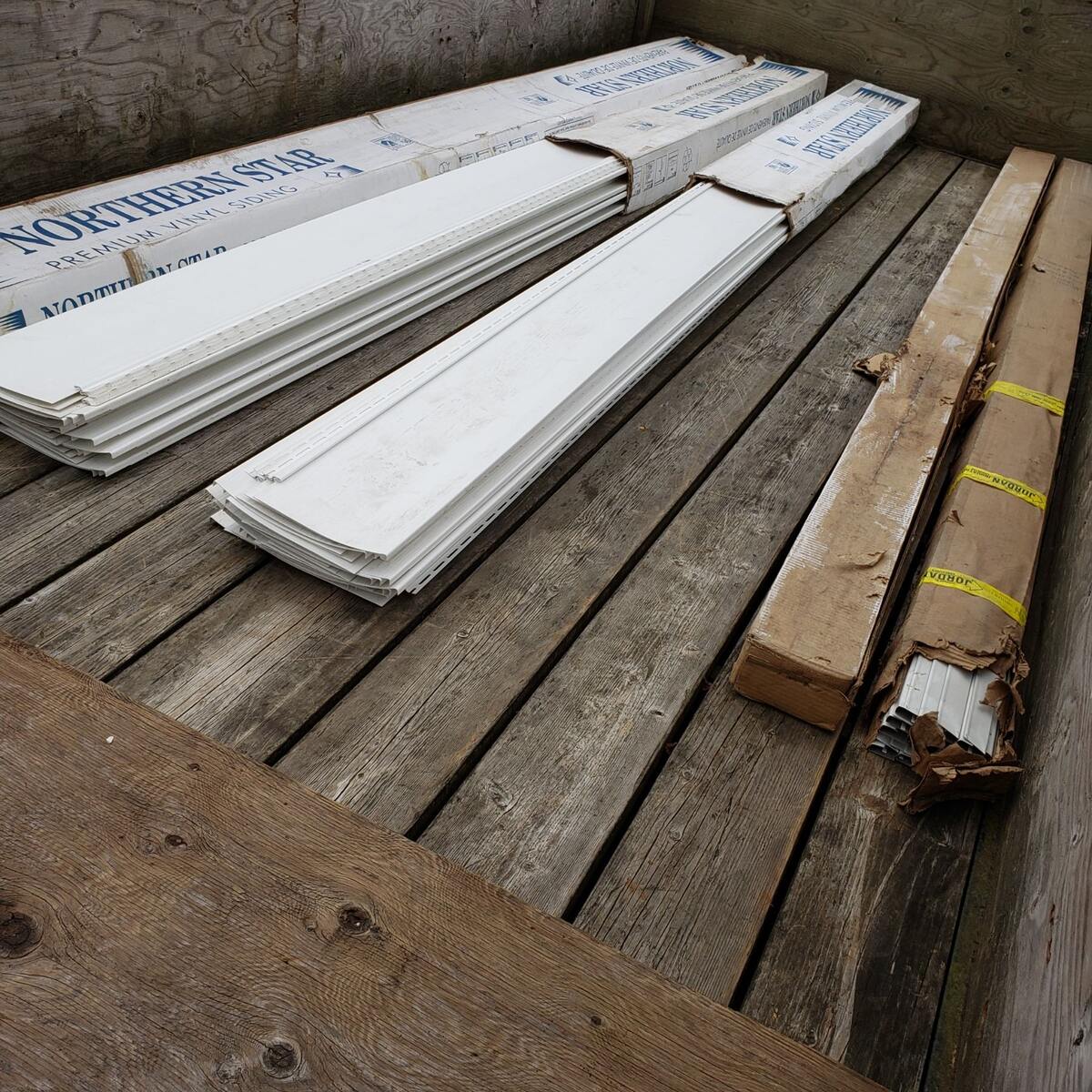
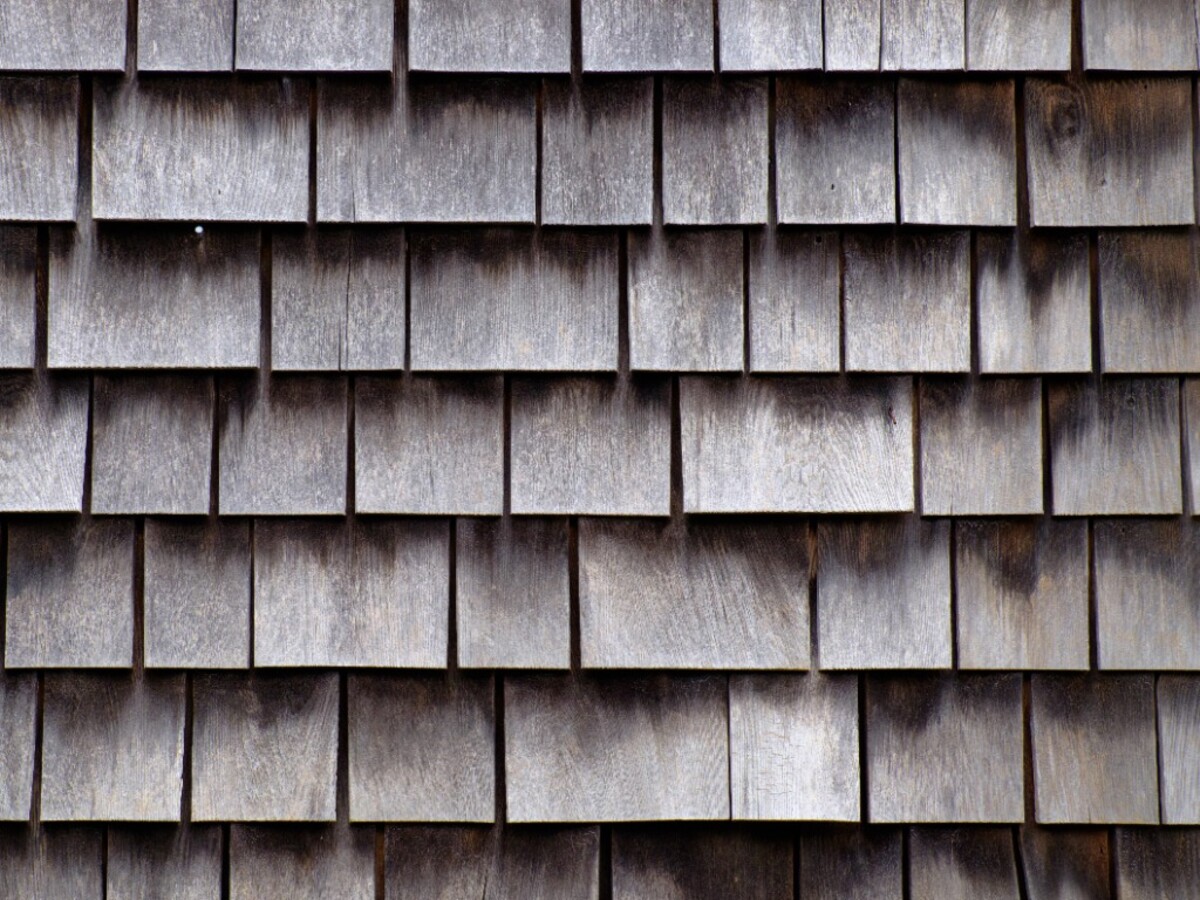
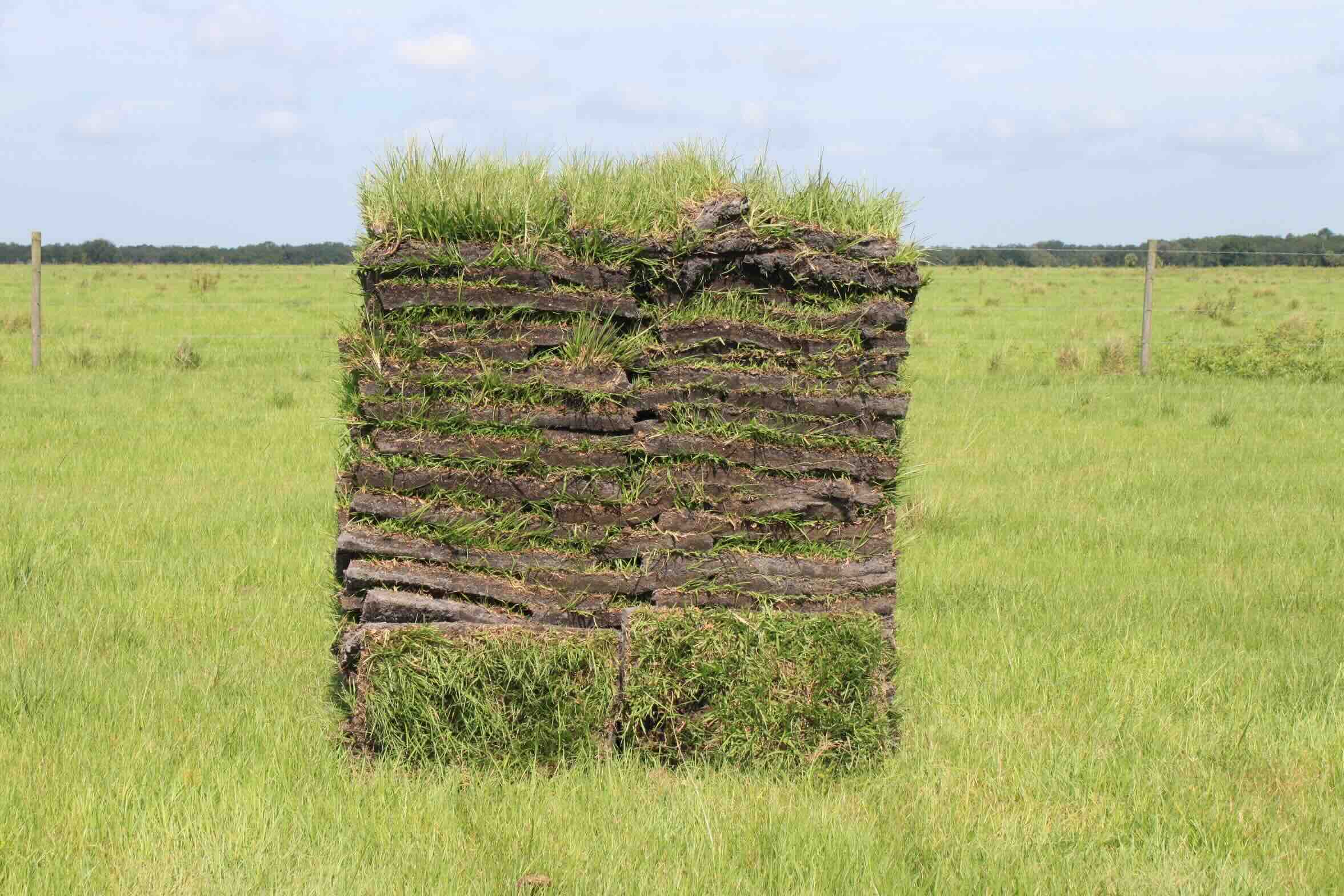
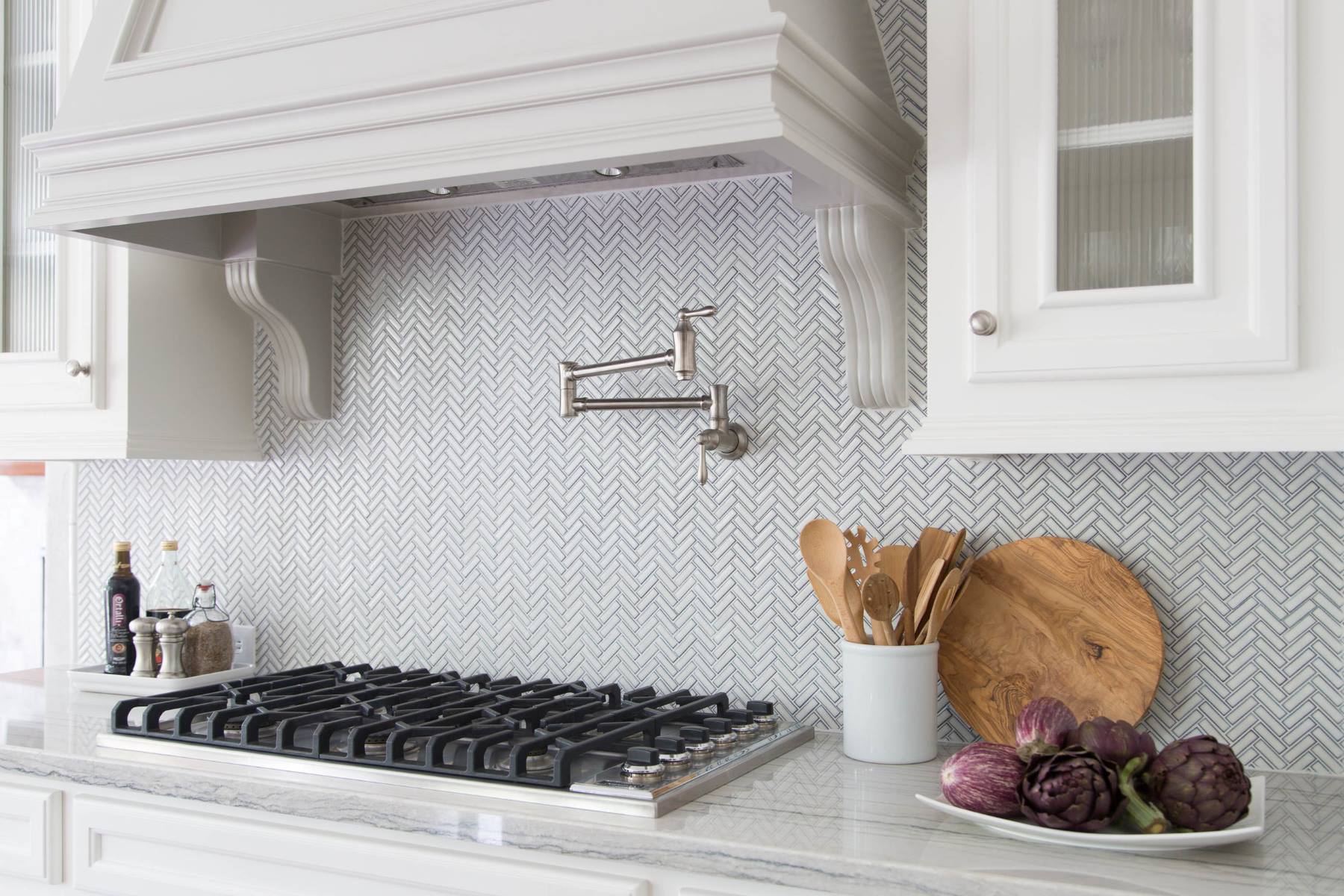
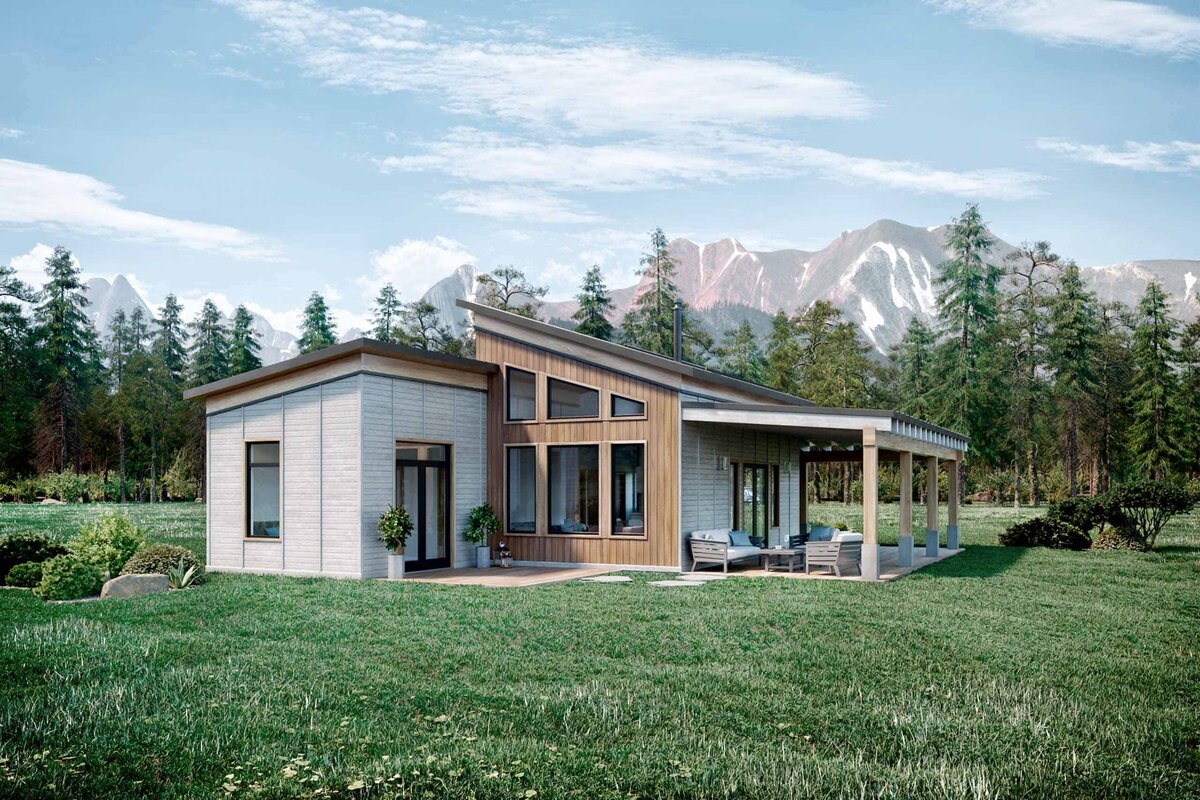
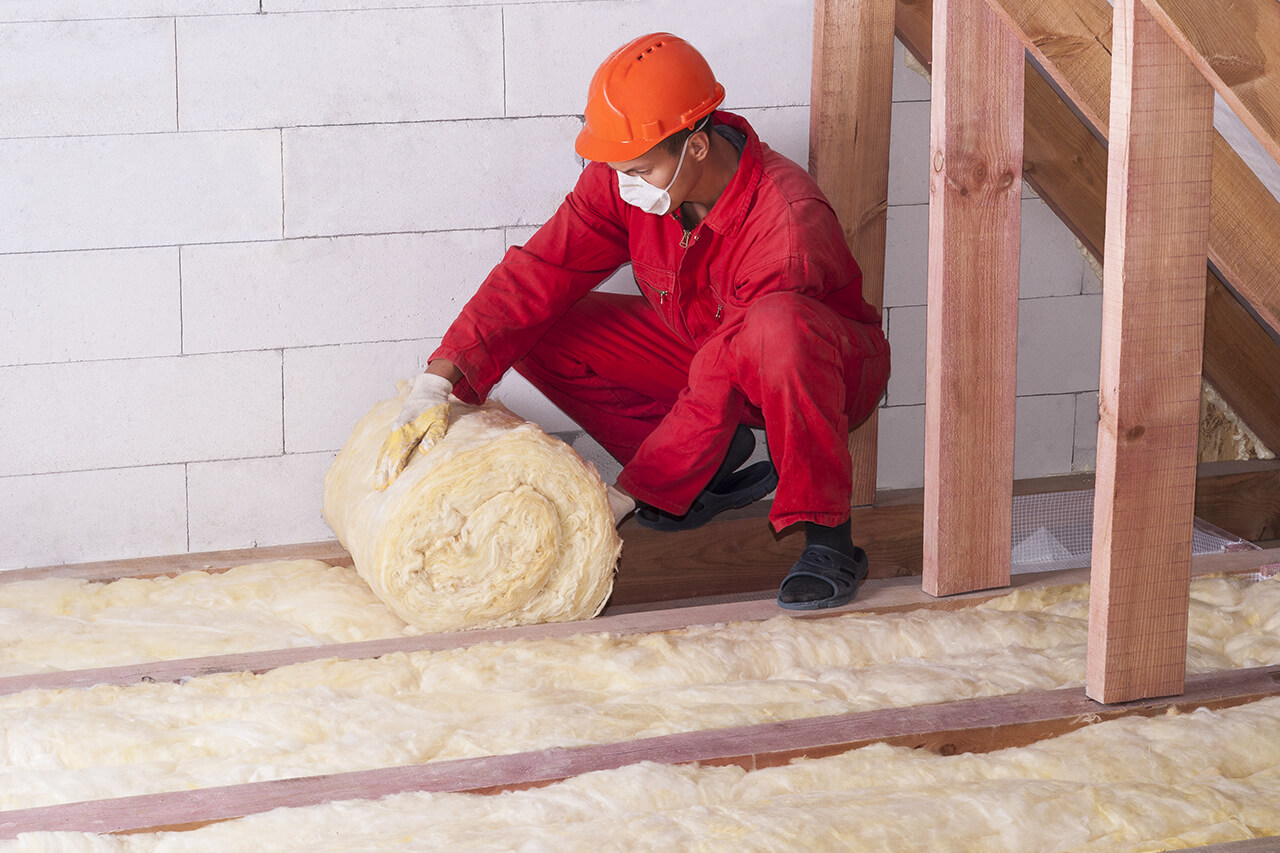
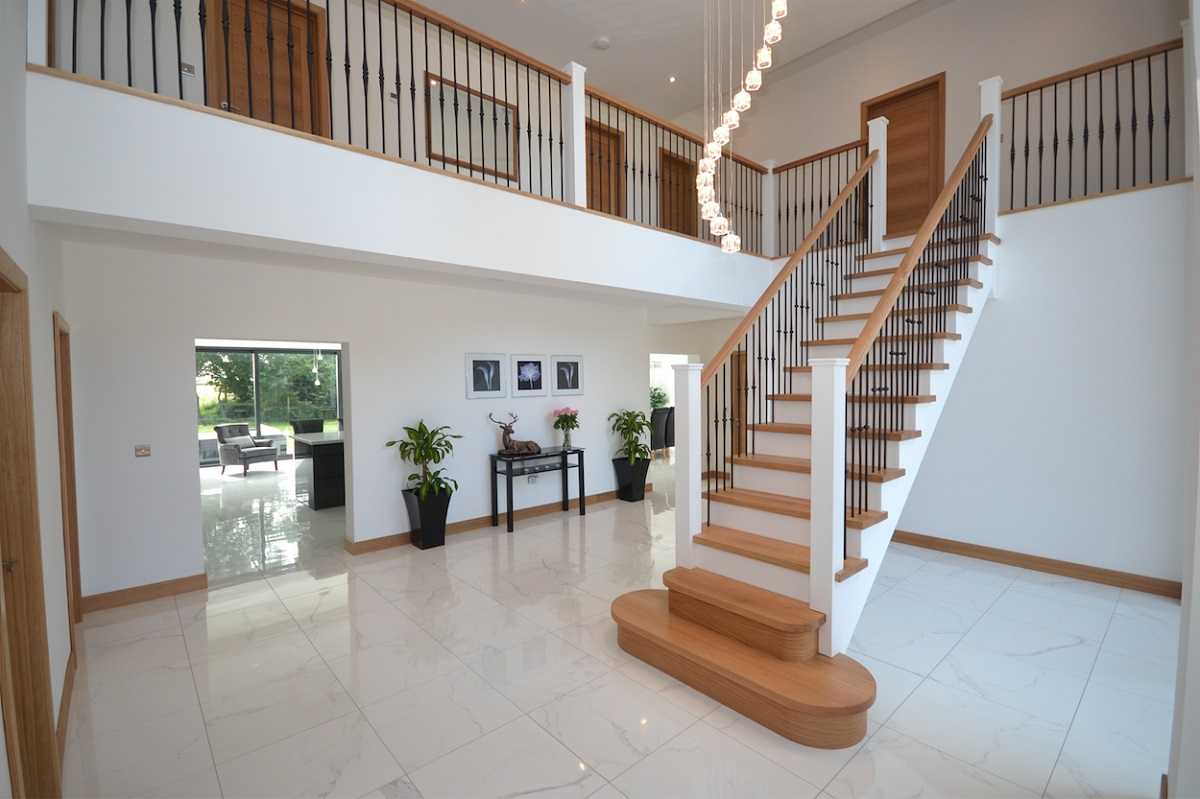

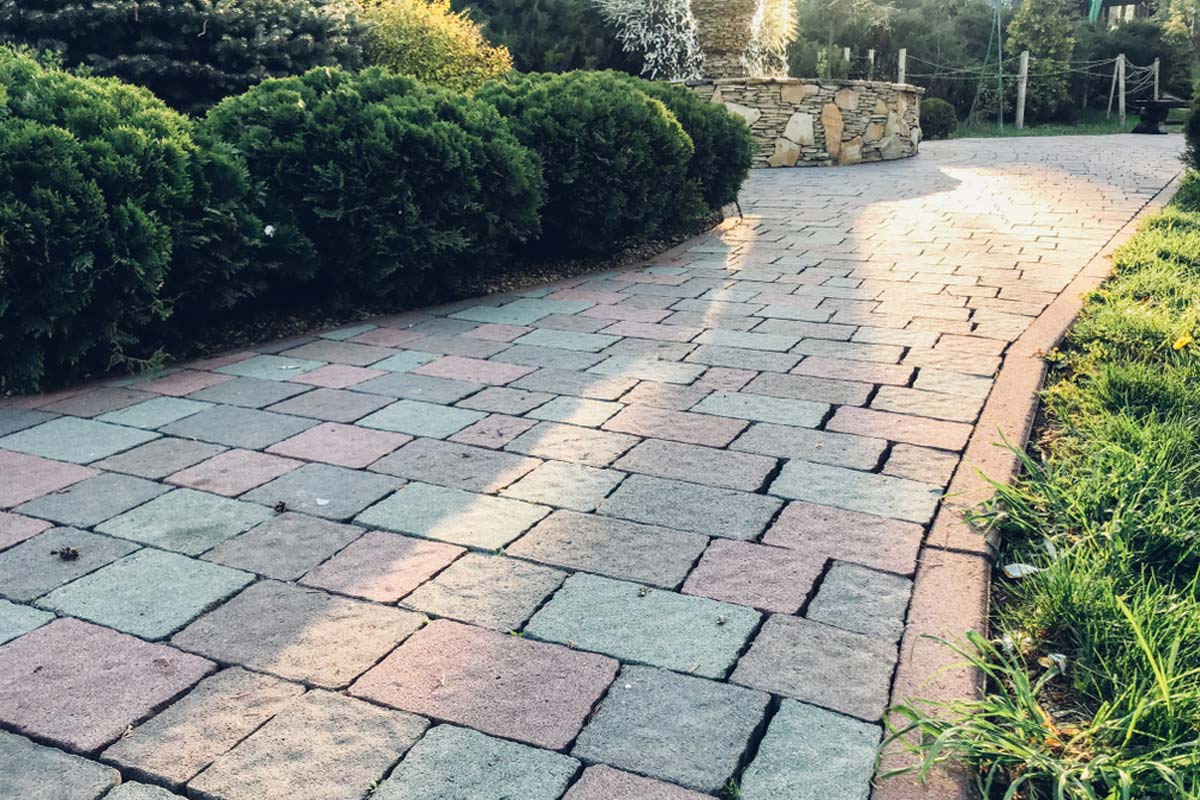
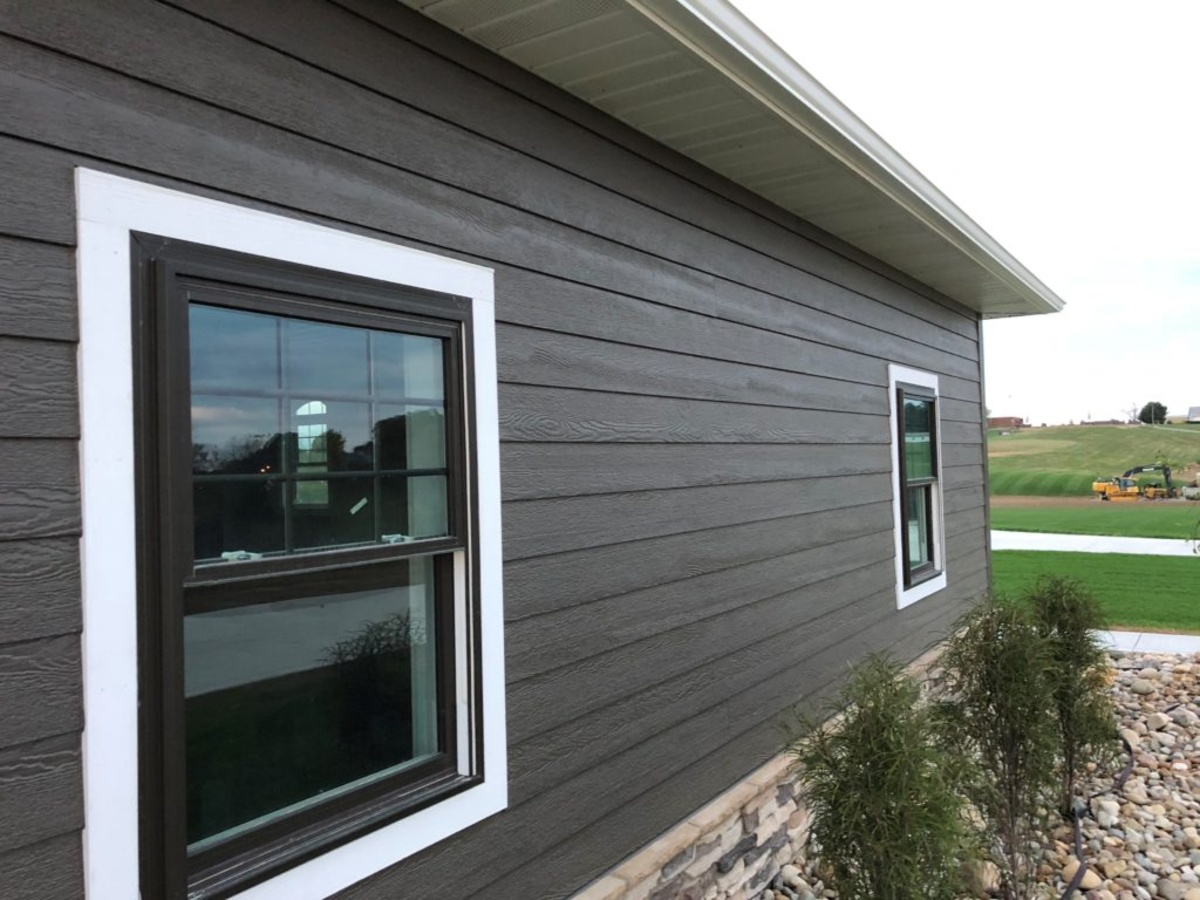
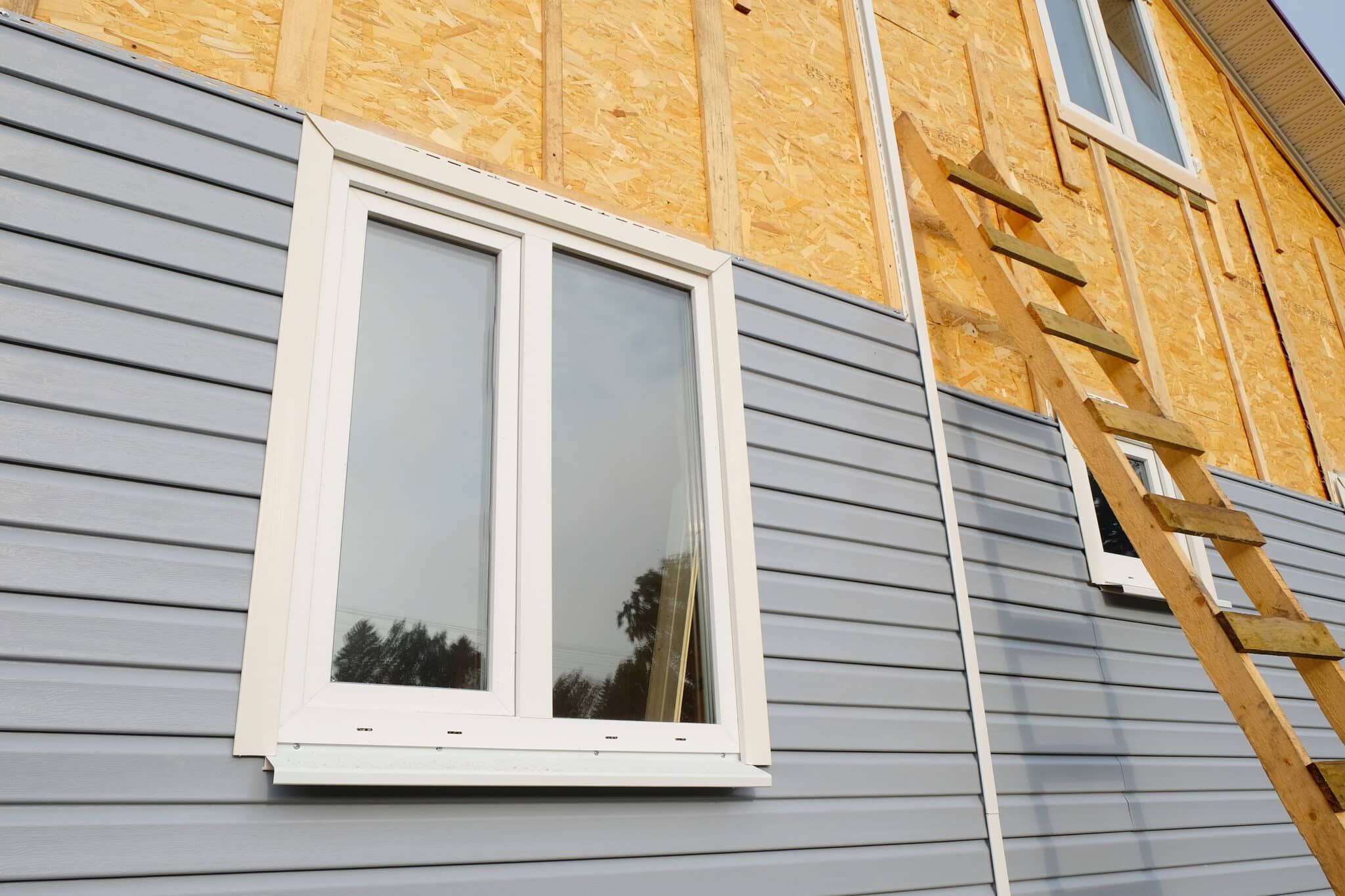
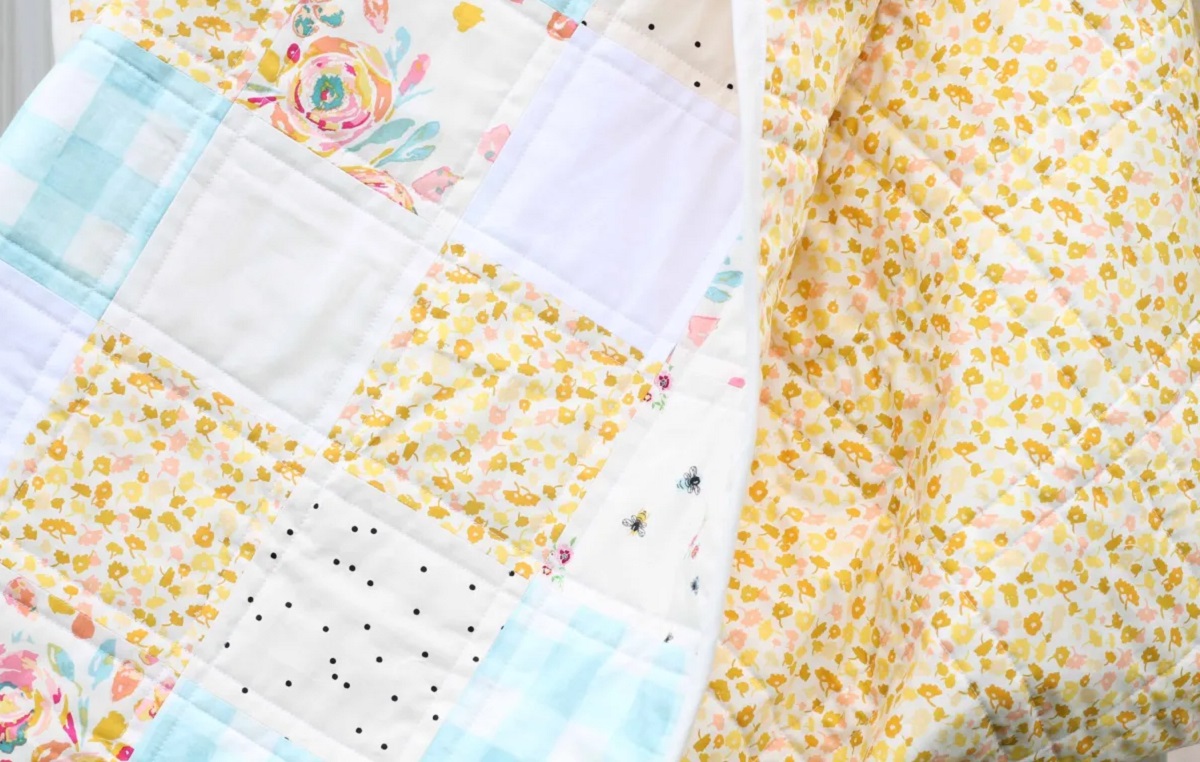
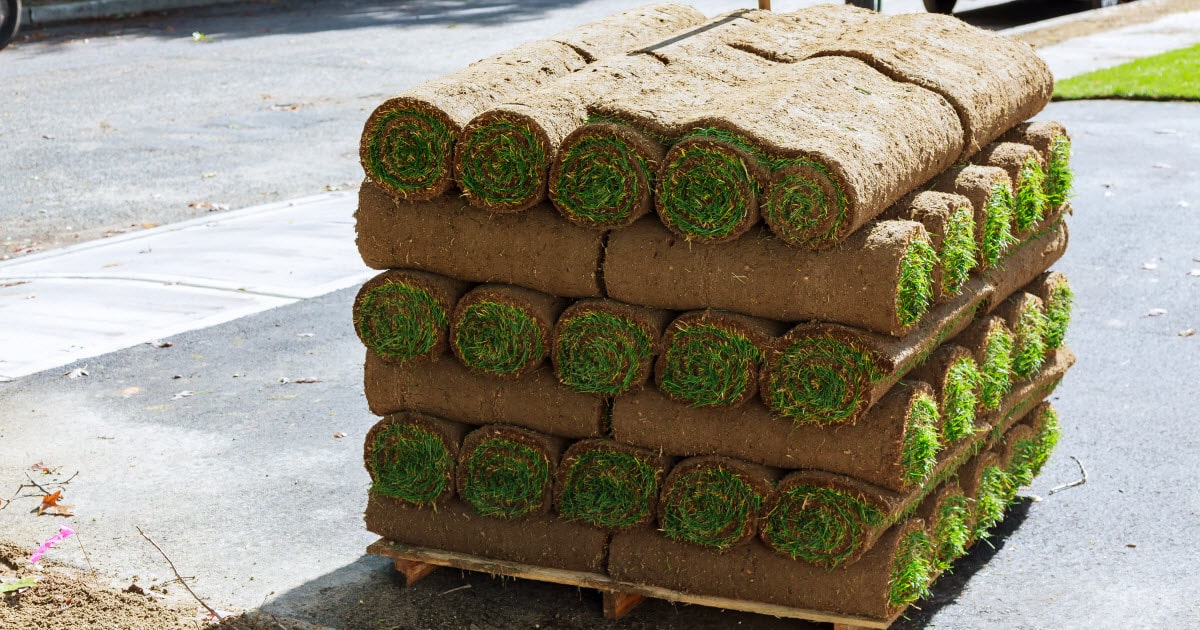
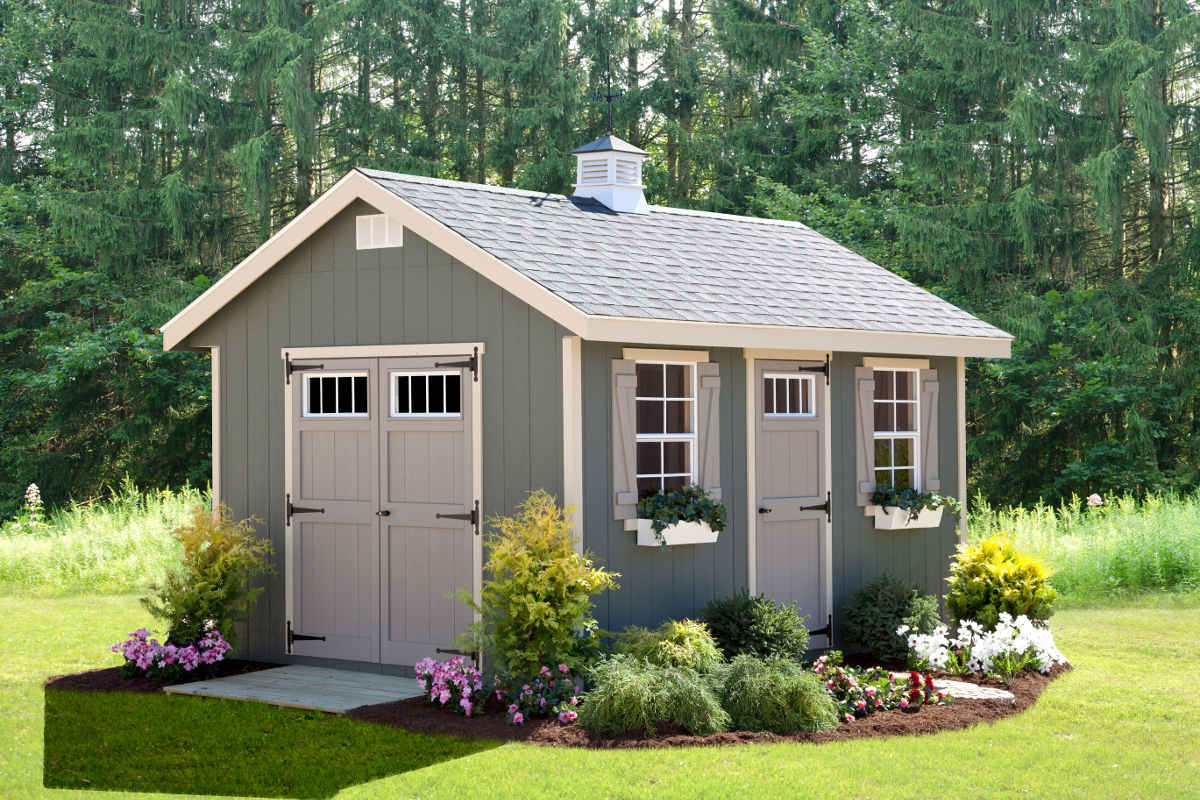

0 thoughts on “How Many Square Is In A Box Of Siding”